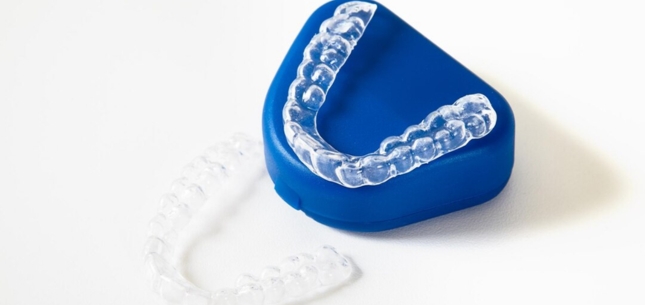If you’re considering straightening your teeth but are scared of metal braces, consider Invisalign in Orlando. This may be the solution you’re looking for.
The discreet and comfortable modern orthodontic approach of invisible aligners makes teeth alignment easier without wires and brackets.
This blog walks patients through the process step by step, making it easy and tailored to their smile.
What Makes Invisalign Different from Traditional Braces?
Invisalign isn’t like wearing braces; it is a collection of precisely designed, transparent aligners that fit over your teeth. Each set gently shifts your teeth into place over time.
If you want to keep your oral hygiene in good shape, you can remove the aligners for eating and brushing, and flossing.
Plus, the nearly invisible trays mean most people won’t even notice you’re wearing them.
Step 1: Initial Consultation with Your Dental Office in Orlando
A consultation is the first step through a dental office in Orlando, when a dentist will evaluate your teeth, your bite, and your overall oral health to see if you are a good candidate for Invisalign.
Dentists may take X-rays and photographs to map the dental structures of your teeth using the 3D imaging process. Your entire treatment plan can be mapped digitally.
Step 2: Custom Aligners are Made
When you finish the treatment planning stage, your individualized Invisalign aligners are made. Every tray is customized, designed to make gradual tooth movement.
Patients often receive aligners, switching them out every one to two weeks, as the dentist sees fit.
Step 3: Wearing Your Aligners
Wearing your aligners is important for success as most people would wear them for 20 to 22 hours and would only remove them to eat or to care for their teeth.
The aligners apply slight pressure on the teeth to change their positions. You will see things happen gradually over time, and some teeth are bound to move faster than others, but each set is made specifically for you to give you your perfect smile.
Step 4: Regular Check-ins with Your Dentist Near You
While wearing Invisalign offers advantages, regular visits to a dentist near you is required. Going to your follow-up appointments helps to ensure your teeth are moving the right way. It also allows your dentist to make any needed adjustments.
You can also ask questions about comfort, cleaning, or anything else during your treatment.
Step 5: Finishing and Retainers
After your teeth are in position, the active phase of Invisalign is over. After treatment, most patients receive a retainer for their smile. Wearing retainers is important, as they prevent your teeth from shifting back, resulting in lasting results.
Why Invisalign Works for Many Patients
Invisalign is popular due to its convenience and effectiveness. Patients like that because they can take them out, they look clear, and the digital treatment plan is accurate.
Both teens and adults can benefit from Invisalign near you without impacting their lifestyle activities.
Maintaining Your Smile After Invisalign
After we treat you, wash your mouth regularly and visit your dentist frequently for regular check-ups. Further, wear your retainer as instructed.
A dentist will also offer you some suggestions to maintain your health and improve the appearance of your smile.
Ready to Start Your Invisalign Journey?
In the event you are looking for Invisalign in Orlando, CG Dentist Orlando will help you go through the process every step of the way. Your perfect smile is closer than you think! Plan your visit to our dental office today.
📍 Find us easily on the Google map and plan your visit today!
FAQs
Q1.How long does Invisalign treatment usually take?
Treatment varies, but most people finish within 12–18 months.
Q2.Can I eat normally with Invisalign?
Yes! Simply remove your aligners while eating and brush your teeth before putting them back in.
Q3.How often do I need to check in with my dentist?
Typically, every 6–8 weeks, but your dentist near you may adjust based on your progress.


